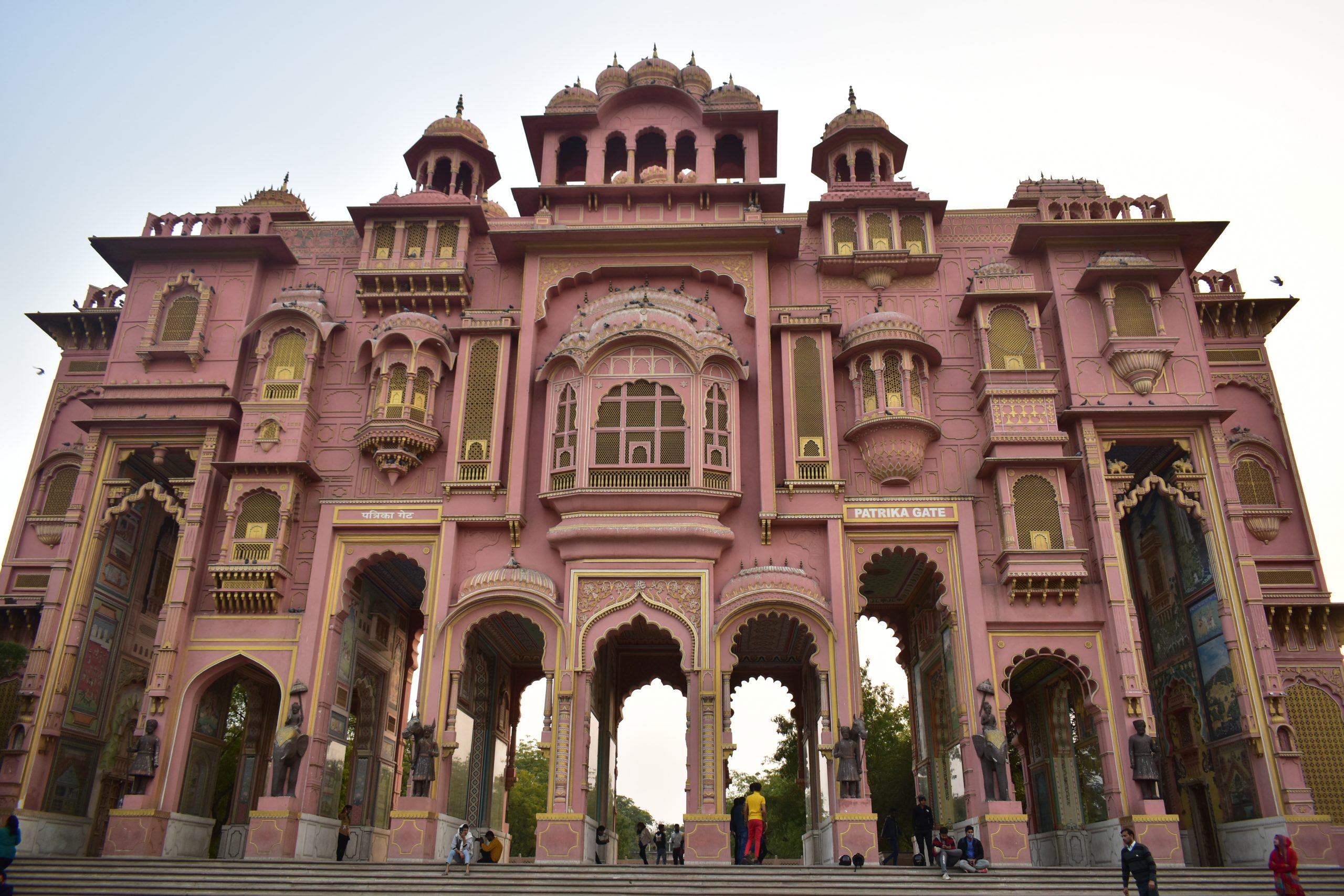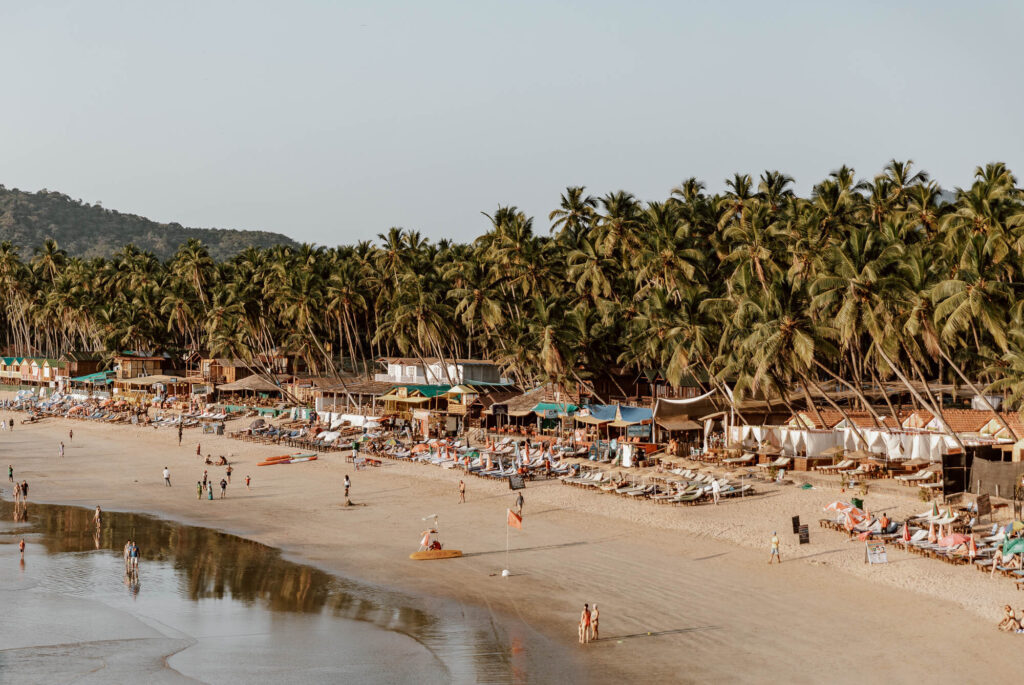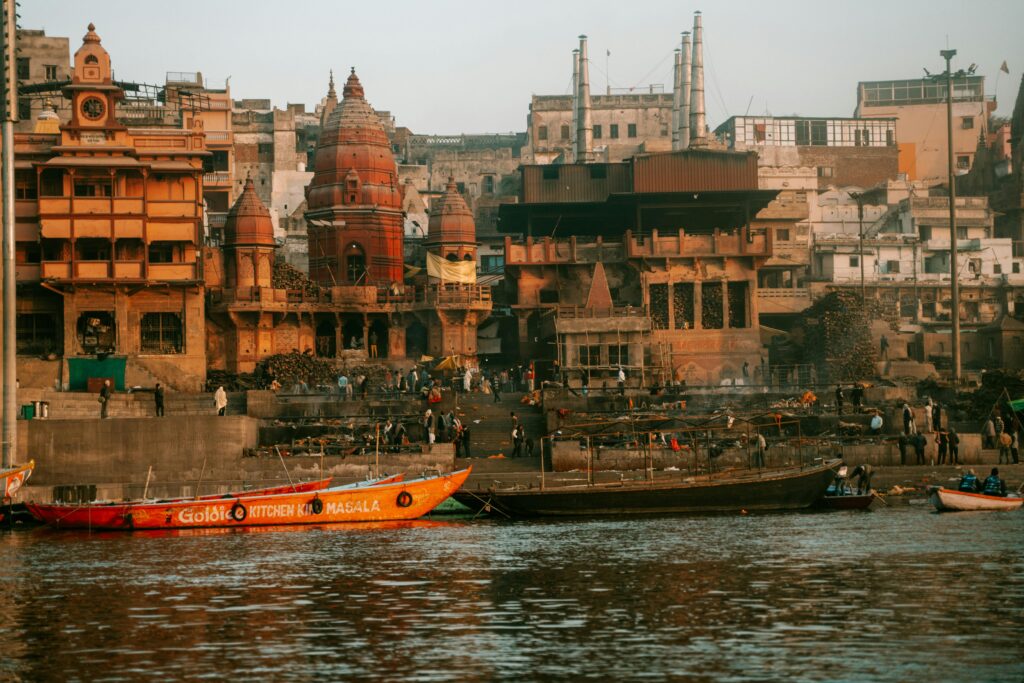The Architectural Heart of the Pink City
Jaipur, often referred to as the Pink City, is a mesmerizing canvas of history, culture, and architectural brilliance. Every structure here tells a story—of Rajput valor, Mughal grandeur, and European finesse—woven into its palaces, forts, and temples. Designed in 1727 by Maharaja Sawai Jai Singh II, Jaipur is India’s first planned city, where aesthetics and urban planning merge seamlessly.
The city’s architecture is not just about beauty but functionality—from the cooling mechanisms of Hawa Mahal to the astronomical precision of Jantar Mantar. Walk through its streets, and you’ll see intricate jharokhas (windows), sprawling courtyards, and majestic gates that make every turn feel like a step back in time.
In this journey, we’ll explore some of Jaipur’s most iconic architectural marvels—each with its own legacy, whispering tales of kings, queens, and artisans who shaped this royal city into the masterpiece it is today.
Hawa Mahal: The Palace of Winds
Perhaps the most recognizable landmark of Jaipur, Hawa Mahal is a symphony of red and pink sandstone, rising like a honeycomb against the bustling streets of the city. Built in 1799 by Maharaja Sawai Pratap Singh, this five-story palace was designed to allow the royal women to observe the city’s lively bazaars and festivals without being seen.
What makes Hawa Mahal truly extraordinary is its 953 intricately carved jharokhas (small windows), which serve both aesthetic and functional purposes. The windows allow air to circulate freely, creating a natural cooling effect inside the palace, even during the peak of Rajasthan’s summer. This ventilation marvel gives the palace its name—the Palace of Winds.
For visitors, the best time to visit is early morning, when the soft golden light bathes the façade in a breathtaking glow. The top floors offer panoramic views of the city, with the City Palace and Jantar Mantar in the backdrop. A photographer’s delight, Hawa Mahal stands as a timeless masterpiece of Rajput ingenuity and architectural charm.
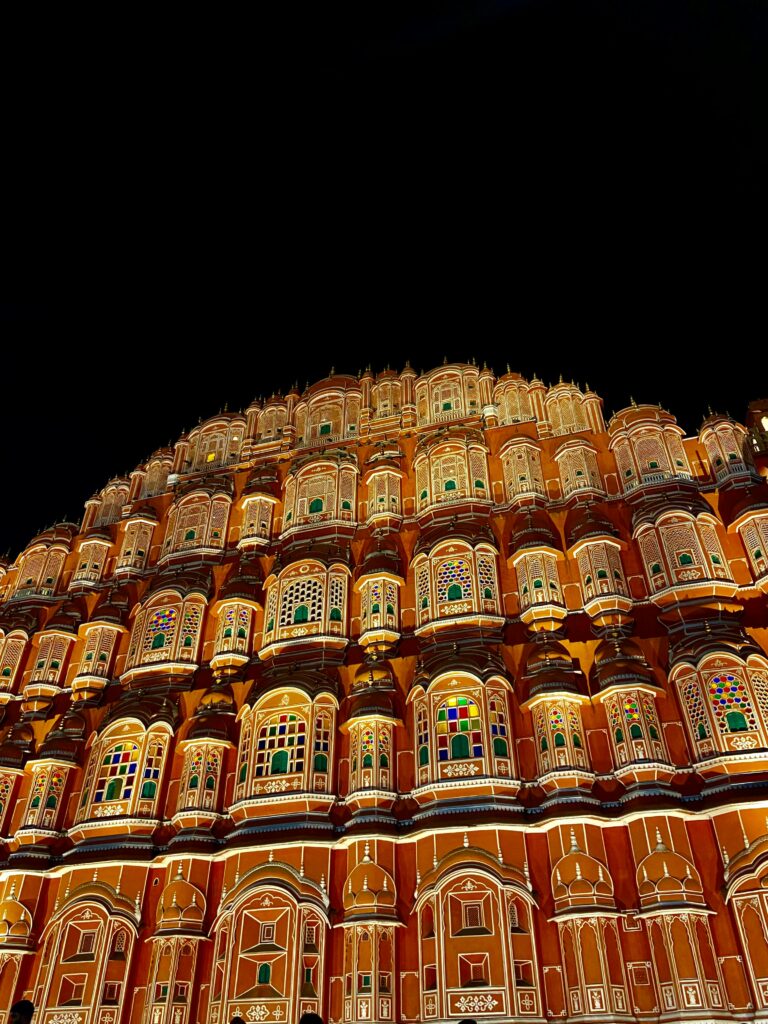
City Palace: The Living Legacy of Jaipur’s Royals
Nestled in the heart of Jaipur, City Palace is a regal testament to the city’s royal legacy. Unlike many palaces that have faded into history, this one is still home to Jaipur’s royal family, making it a living piece of history. Built by Maharaja Sawai Jai Singh II, the palace complex showcases a seamless fusion of Rajput, Mughal, and European architectural styles.
Stepping into City Palace, visitors are greeted by Mubarak Mahal, a structure that once served as a reception hall for royal guests and now houses a museum of royal textiles and artifacts. Moving further, one encounters Chandra Mahal, a stunning multi-story palace with ornate balconies, elaborate mirror work, and stunning frescoes. A section of Chandra Mahal remains private, serving as the residence of the royal family.
One of the most mesmerizing parts of City Palace is Pritam Niwas Chowk, home to four beautifully decorated gates, each symbolizing a different season. The Peacock Gate, with its intricate blue-green peacock motifs, is a masterpiece of Rajasthani artistry, representing autumn.
A visit to the City Palace is like walking through the past and present of Jaipur’s royalty, a place where tradition still breathes within its grand halls and courtyards.
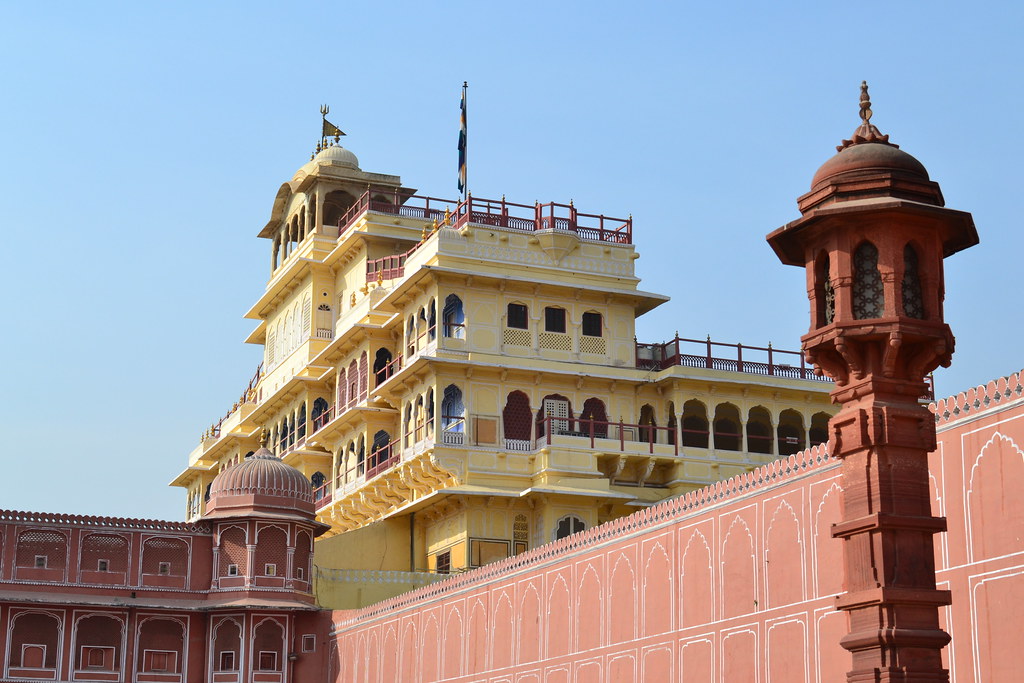
Amer Fort: A Fortress of Grandeur and Mystique
Perched atop a rugged hill, Amer Fort (Amber Fort) stands as a majestic guardian over Jaipur, offering panoramic views of Maota Lake and the Aravalli hills. Built in 1592 by Raja Man Singh I, the fort is a stunning blend of Hindu and Mughal architectural styles, with ornate gates, sprawling courtyards, and exquisite mirror work.
One of the most captivating attractions within Amer Fort is the Sheesh Mahal (Mirror Palace), where thousands of small mirrors are embedded into the walls and ceilings. When a single candle is lit, the entire hall shimmers like a star-studded night sky, showcasing the artistic brilliance of the Rajput era.
Beyond its aesthetic appeal, Amer Fort was also a strategic military stronghold, with hidden tunnels and defense walls connecting it to nearby Jaigarh Fort. Exploring its Diwan-e-Aam (Hall of Public Audience) and Diwan-e-Khas (Hall of Private Audience) reveals the fort’s grandeur and history.
In the evenings, the Light & Sound Show brings the fort to life, narrating tales of Rajput kings, battles, and the golden age of Jaipur. The play of lights against the ancient sandstone walls makes it a truly mesmerizing experience, transporting visitors back in time.
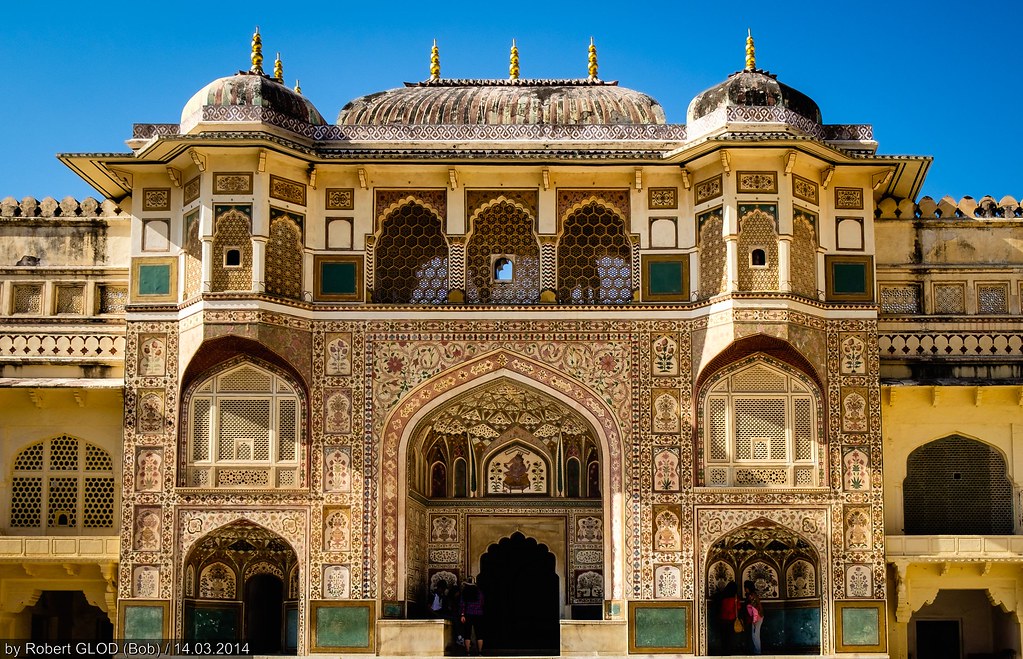
Jantar Mantar: The Scientific Marvel of the 18th Century
Unlike other monuments in Jaipur that celebrate royalty and luxury, Jantar Mantar is a tribute to science, astronomy, and human curiosity. Commissioned by Maharaja Sawai Jai Singh II in 1734, this observatory is one of the most advanced astronomical centers of its time and remains a UNESCO World Heritage Site.
The most famous instrument here is the Samrat Yantra, the largest stone sundial in the world, which can measure time accurately up to two seconds. Other instruments, like the Rama Yantra and Jai Prakash Yantra, were used to track celestial movements and predict eclipses with remarkable precision—a feat that astonishes modern scientists even today.
Jantar Mantar isn’t just a relic of the past; it’s a reminder of Jaipur’s deep connection to knowledge and innovation. The sheer scale and accuracy of these structures, built without modern technology, make it a must-visit for architecture and science enthusiasts alike.
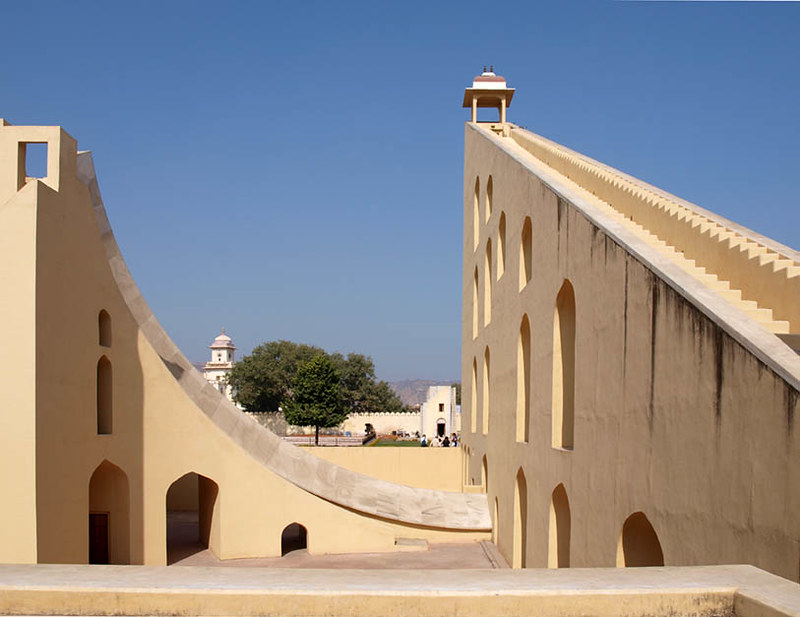
Patrika Gate: A New Age Architectural Wonder
While Jaipur is renowned for its ancient forts and palaces, Patrika Gate is a new-age architectural gem that blends modern aesthetics with Jaipur’s rich cultural heritage. Located at Jawahar Circle, this grand, multicolored gateway has quickly become a symbol of the city’s vibrant artistic identity.
Each archway of Patrika Gate is hand-painted with intricate murals, depicting Jaipur’s history, royal lineage, and cultural traditions. The detailed frescoes tell stories of Rajput kings, festivals, architectural marvels, and everyday life in Rajasthan. Walking through it feels like stepping into a kaleidoscope of history and colors.
Beyond its artistic beauty, Patrika Gate has gained immense popularity as an Instagram hotspot. Its symmetric arches and pastel hues create a dreamy, photogenic setting, drawing travelers, influencers, and photographers from around the world.
This iconic structure marks the perfect end to an architectural journey through Jaipur—a modern-day tribute to a city that continues to honor its past while embracing the future.
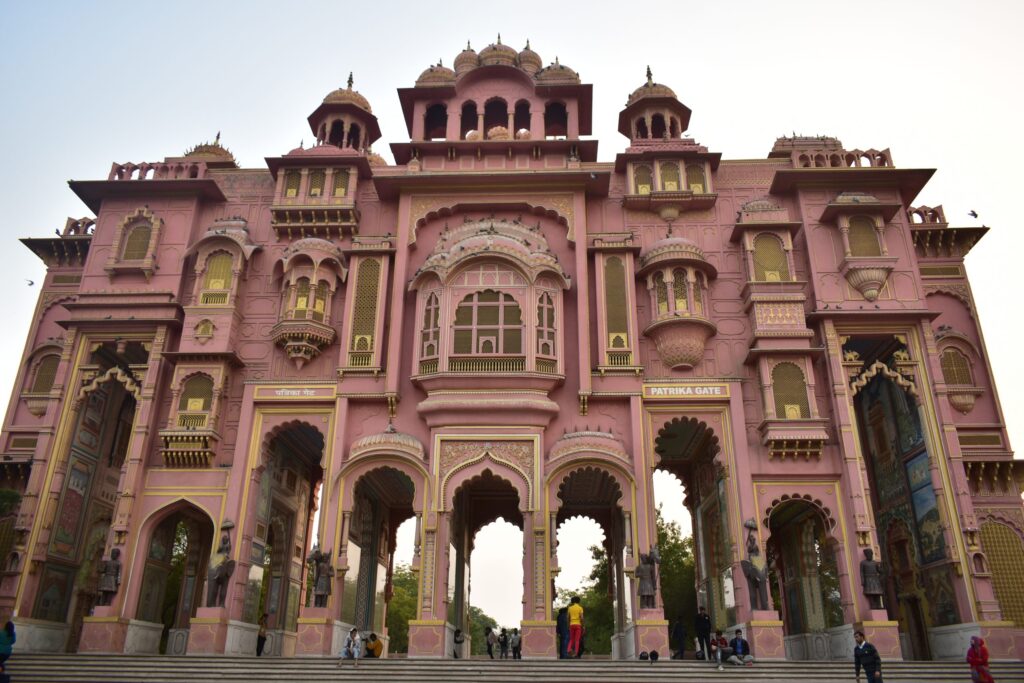
Jaipur’s Architecture – A Timeless Experience
Jaipur’s architectural wonders are more than just historical landmarks—they are living experiences that tell the story of a glorious past. From the intricate latticed windows of Hawa Mahal to the scientific brilliance of Jantar Mantar and the vibrant beauty of Patrika Gate, each structure invites visitors to step into a different era.
What makes Jaipur unique is its seamless contrast between ancient forts, royal palaces, and modern architectural masterpieces. Whether you’re drawn to history, artistry, or sheer grandeur, Jaipur offers an unforgettable journey through time and design. So, walk its streets, explore its structures, and let Jaipur’s soul captivate you.

